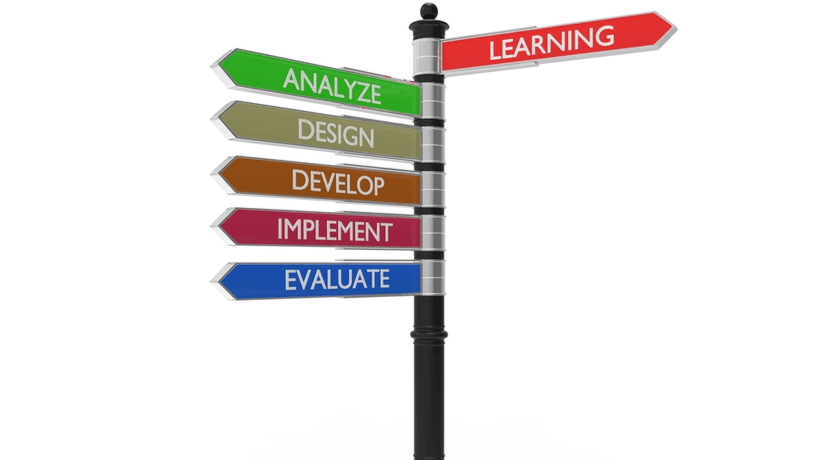Understanding The ADDIE Model Of Instructional Design
Without a well-designed lifecycle, any development process will fail to produce quality output. In the eLearning industry, there are a few development lifecycles that are followed rigorously. Among them, the most widely used model is the ADDIE model. ADDIE stands for its five phases in sequence: Analyze, Design, Develop, Implement and Evaluate. By nature, it is a waterfall model. That means, its phases are followed in sequence.
The ADDIE model was developed way back in the 1970s by the Center for Educational Technology at Florida State University. Just like the instructional design process, it was developed for training the US military.
What Is The ADDIE Model?
The model was built and refined by the educationists, and the current version was derived in the mid-1980s. The name and process have thus far been mostly unchanged. Let's understand the ADDIE model in detail.
Analyze
Every project starts with the analysis of various aspects of the project and business needs. The common analyses carried out at this phase include audience analysis, task analysis, training need analysis, gap analysis, deployment analysis, and so on.
The analysis result is used as the input for the next phase, which is the design phase.
Design
Once the analysis report is ready, it is time to design the details of the training program. Some of the key areas considered during the design phase include:
- Sourcing the content
- The types of media that can be used—audio, video, text, and graphics
- Types and level of interactivity
- Instructional approach
- High-level content outline
- The time frame for the modules
- Detailed instructional design document
- Navigation, progress, and restrictions, if any
- Learning outcomes
- Assessment requirements, course completion criteria
- User interface and other technical specifications
- Test plan for quality assurance
- Evaluation and feedback mechanism
Development
Once the design phase is closed, the development phase starts. It is broadly divided into 3 main phases:
- Storyboarding
Storyboarding is repurposing the original training content to suit the learner's needs and making it suitable for eLearning development. The storyboard acts as the input for the media development phase. - Media development
Once the storyboard is approved by the subject matter expert, the media team starts developing the course media using various authoring tools, such as Articulate Storyline, and audio integration. The developed module is sent for the quality assurance process. - Quality assurance
It involves testing the developed module as per the test criteria defined to ensure that the module meets the acceptance criteria defined by the client.
The media development is usually done in various sub-phases, commonly called alpha, beta, and gold development. Alpha is the first version that gives a complete look and feel of the module.
Any improvements needed on the alpha version are incorporated with final audio to release the beta version. Gold is the final version after integrating any required changes in the beta version and is usually a SCORM package that can be deployed in a Learning Management System (LMS).
Deploy
After the development of the module, it is deployed through the LMS to the target learners. User feedback is collected at this phase which is used to evaluate the module.
Evaluate
This phase shows how successful the module has been in attaining its learning and business goals. There are many models to evaluate the effectiveness of the module, the most widely used being the Kirkpatrick 4-level model.
The results of the evaluation are feedback on the project; necessary improvements are implemented.
The waterfall nature of the ADDIE model offers many advantages:
- All analysis is done at the beginning, thus chances of changes at a later stage are minimized.
- A later phase starts only after completion and sign-off of the previous phase. Thus, it acquires a phase-wise closure of the project.
- It is easy to understand, plan, track and execute.
- It reduces ambiguity as all phases are individually signed-off.
Conclusion
The waterfall nature of the ADDIE model also has some disadvantages. In a scenario where the end outcome is not known, this model can fail to produce good results. If there is any flaw in the analysis or design, it will get caught at the end where it will be more costly to change the project requirement. It is less dynamic and not a viable model in unknown situations.


